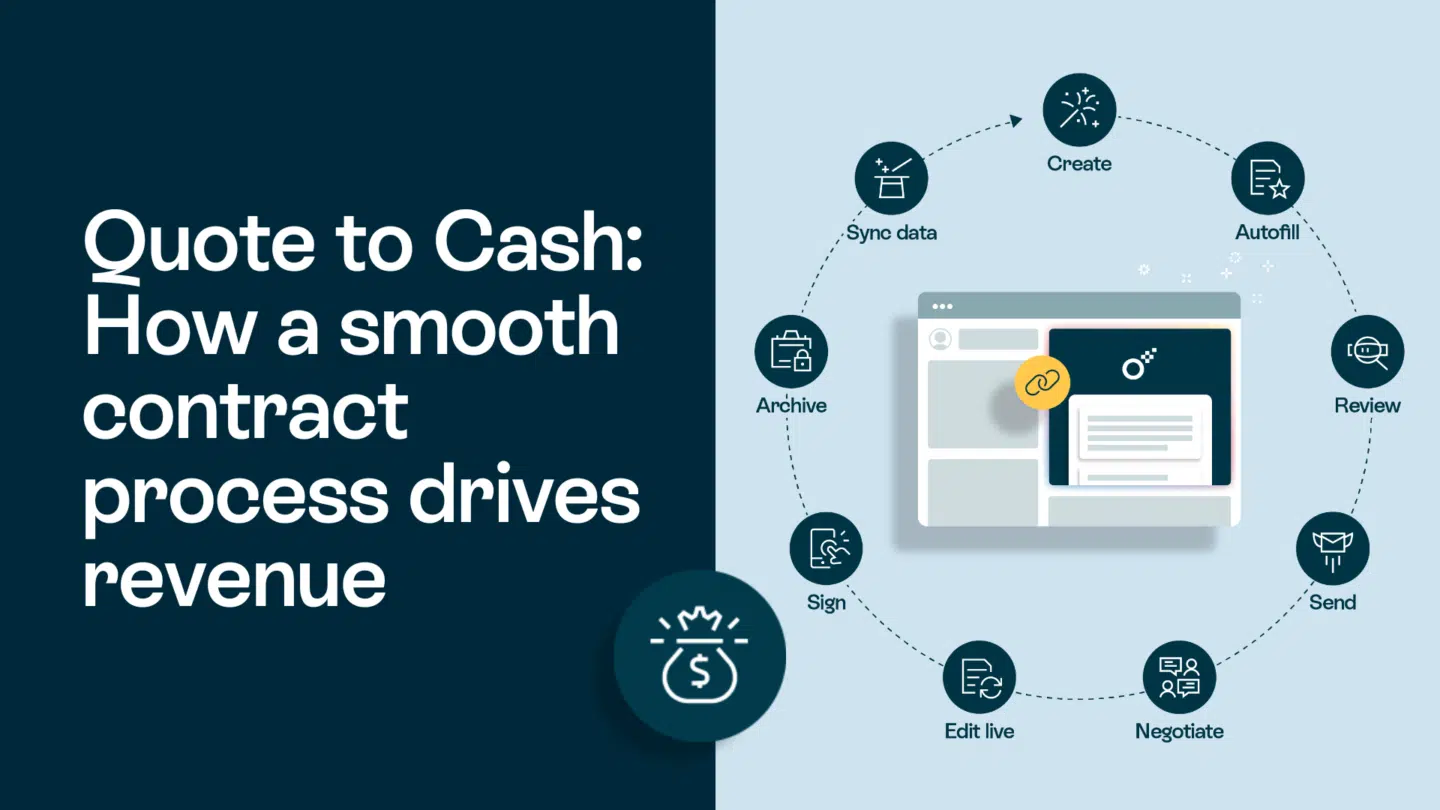If you’re working in a large organization with multiple contractor roles, it’s crucial to have a robust contract labor management system to ensure that everything runs smoothly.
In this article, we’ll explore the benefits of contract labor management and provide some key reasons why you should consider implementing a management system in your organization.
What is contract labor management?
Put simply, contract labor management is a process that involves the management of contract workers within an organization. This includes the planning, recruitment, deployment, and management of contract workers.
Having contract labor management is particularly important for organizations that use contract workers to fill temporary or seasonal positions. Implementing a system will ensure that all workers are properly trained and equipped to perform their duties. It will also ensure that the workers are compliant with all the relevant legal and regulatory requirements.
Read also: Is digitalization more important than ever?
Benefits of contract labor management
Improved efficiency and productivity
One of the primary benefits of contract labor management is improved efficiency and productivity. Contract workers are hired to perform specific tasks and are usually highly skilled in their area of expertise. By using contract workers, organizations can tap into a pool of talent that they may not have access to otherwise.
A good contract labor management system can help to ensure that workers are deployed efficiently and productively. This can include the use of automated scheduling tools, which can help to ensure that workers are deployed to the right place at the right time. It can also include the use of performance metrics to monitor worker productivity and identify areas for improvement. Integration of AI project management can also enhance HR teams’ efficiency by automating processes within the contract lifecycle, from recruitment to secure storage. This, in turn, reduces administrative burden on workers.
Read also: All you need to know about contract management

Cost savings
Another benefit of contract labor management is cost savings. Contract workers are usually paid on a per-project or per-hour basis, which means that organizations only pay for the work that is actually performed. This can be more cost-effective than hiring full-time employees, who must be paid a salary regardless of the amount of work they perform.
A good contract labor management system can help to control costs by ensuring that workers are paid fairly and that there is no unnecessary duplication of effort. It can also help to identify areas where cost savings can be achieved, such as through the use of automation or by consolidating tasks.
Read also: Contract automation: What exactly does Oneflow automate?
Compliance and legal requirements
Ensuring compliance with legal and regulatory requirements is critical for any organization that uses contract workers. Failure to comply with these requirements can result in fines, legal action, and damage to the organization’s reputation.
A good contract labor management system can help to ensure that workers are compliant with all relevant legal and regulatory requirements. This can include ensuring that workers have the necessary certifications, licenses, and permits to perform their duties. It can also include monitoring compliance with health and safety regulations and ensuring that workers are covered by appropriate insurance.

Improved safety and quality control
Contract workers are often hired to perform tasks that are critical to an organization’s operations. Ensuring that these tasks are performed safely and to a high standard is essential for the organization’s success.
A good contract labor management system can help to ensure that workers are trained and equipped to perform their duties safely and to a high standard. It can also include the use of quality control metrics to monitor the quality of work performed by contract workers.
Implementing a contract labor management system
Implementing a contract labor management system can be a complex process, particularly in large companies. However, with the right approach, it can be a highly effective way to manage your contract workers.
Read also: E-signing tool: What to think about when buying software
Key features of a contract labor management system
There are several key features that you should look out for in a good contract labor management system. These include:
- Automated scheduling tools
- Performance metrics tracking
- Compliance tracking and reporting
- Quality control metrics tracking
- Cost tracking and reporting
Choosing the right contract labor management system
When choosing a management system, it’s essential to consider various factors. Namely, the organization’s size, the number of contract workers, and the types of tasks that they perform.
It is also important to consider the system’s ease of use, scalability, and flexibility. You want to make sure it’s easy to use and can be scaled up or down as required.
Read also: The best contract management software for your business?

Best practices for contract labor management
Investing in a system is only the first step. To make sure that you are getting the most from the system and that it’s being used as effectively as possible, there are certain steps you can take:
- Develop a clear policy for the recruitment and deployment of contract workers
- Ensure that workers are properly trained and equipped to perform their duties
- Establish clear communication channels to ensure that workers are informed of their duties and responsibilities
- Monitor worker productivity and quality of work
- Conduct regular reviews of the contract labor management system to identify areas for improvement
Key takeaways
To conclude, contract labor management is an essential process for organizations (especially large ones) that use contract workers to fill temporary or seasonal positions. A good contract labor management system can bring a number of benefits, including improved efficiency and productivity, cost savings, compliance with legal and regulatory requirements, and improved safety and quality control.








